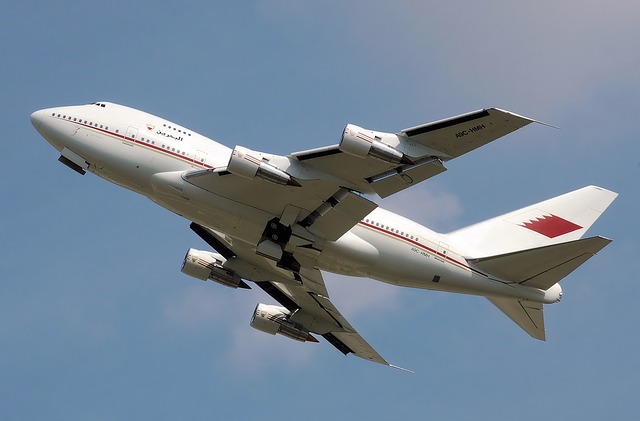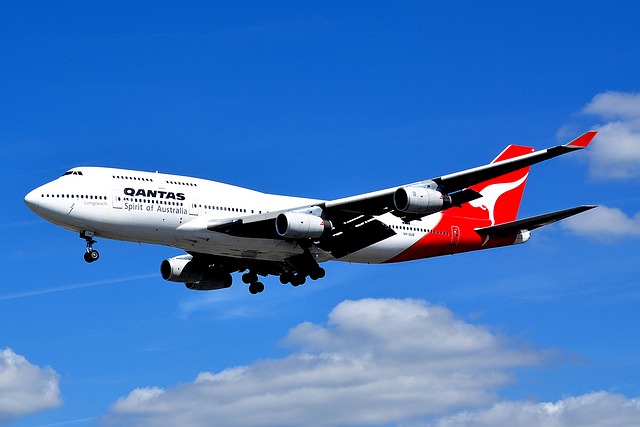WelderDestiny › Welding Jobs › Aerospace Welder
Aerospace Welder
Some aerospace Welders do a lot of welding with more automated systems such as LAZER welding, electron beam welding and friction stir welding. It is not the intention of this web page to delve into those types of automated processes, as they are more equipment driven that skill driven. Having said that, if you do want to get a job as an aerospace Welder, and you get the opportunity to learn how to operate those kinds of equipment, then do jump at the opportunity.
The WelderDestiny Compass: Weekly e-zine Subscription
You can take a look at "The WelderDestiny Compass" back-issues by clicking here.
Fundamentally,
being a Welder in the aerospace industry is about knowing how to weld the
materials that they use, and also being able to meet their quality
requirements. These quality requirements being not only in the quality of the
weld deposits, but also in the quality of the record keeping. For this reason,
high levels of literacy and numeracy is very important when working in this
industry.

Materials Typically Welded by Aerospace Welders
The
types of material that you as an aerospace Welder will need to weld can be
rather diverse. Depending on the particular industry segment you are in, you
may find that you spend more time welding a specific type of material. None the
less, the typical metallic materials used in the aerospace industry that may
require welding are:
- Chrome Molybdenum (CrMo) steel: There may be a wide range of low alloy steels used, but in general, they are typically welded in much the same manner. Hence we will just use the term CrMo steels as a proxy for low alloy steels. These material are typically used in many light aircraft air frames and engine components.
- Aluminium (Al): Al is often used in the aircraft industry for its good strength to weight ratio. Al alloys are typically used in airframes and aircraft skins. The Al used is typically a precipitation hardened alloy, so it does not lend itself to providing high strength welds. For this reason, there is still quite a lot of rivets used in aircraft building. None the less, there will often enough be a call for welding to Al components.
- Nickel Alloys (Ni): Generally Nickel based alloys are used on sections of the engines that experience very high temperatures. Some of these alloys are of the precipitation hardened type that can only be successfully welded with very specific pre-heat and post weld heat treatments. (PWHT)
- Titanium (Ti): While not necessarily a mainstream material, Titanium is sometimes used in airframes and parts of the engines.
Typical Aerospace Welder Skills
As
an aerospace Welder, the main emphasis is on precision and quality. The welding
processes associated with high deposition rates generally do not feature.
Instead, the processes used, allow precision and need to be operated at a very
high level of skill to ensure welds with extremely low levels of
discontinuities are produced. As stated earlier, there will be a number of
machine processes operated by larger manufacturing facilities (e.g. LASER,
Electron Beam, Friction Stir Welding) but we will not be considering these.
Rather we will be looking at the "skill based" processes. These are:
- Gas Tungsten Arc Welding (GTAW): This is also known as Tungsten Inert Gas (TIG) welding. As a general rule, the welding will be performed at lower amperages. "Micro TIG" is also often used. This is just a low amperage version of GTAW, which allows even greater precision and control when welding very thin materials.
- Gas Metal Arc Welding (GMAW): Also called Metal Inert Gas (MIG) or Metal Active Gas (MAG) welding. Sometimes the "Micro MIG" variant will be used. This is really just a set-up that allows low amperage welding with rather small diameter wires.
- Plasma Arc Welding (PAW): The applications are similar to where GTAW is used. The micro PAW variant is also used sometimes.
 Passenger Jet Passenger Jet |
 Qantas Jet Qantas Jet |
More Than Just Welding
Looking
at the typical materials welded and the welding processes typically used by
aerospace Welders, it may appear that this is an easy job, but only those with
the right temperament for perfection will typically make it in this industry.
Also, as previously mentioned, when doing welding in the large aerospace fabrication companies, a lot of the welding is automated. When moving into this industry sector, be prepared for a combination of high precision, automation and regulation as seen through lots of paperwork!
WelderDestiny › Welding Jobs › Aerospace Welder
The WelderDestiny Compass: Weekly e-zine Subscription
You can take a look at "The WelderDestiny Compass" back-issues by clicking here.